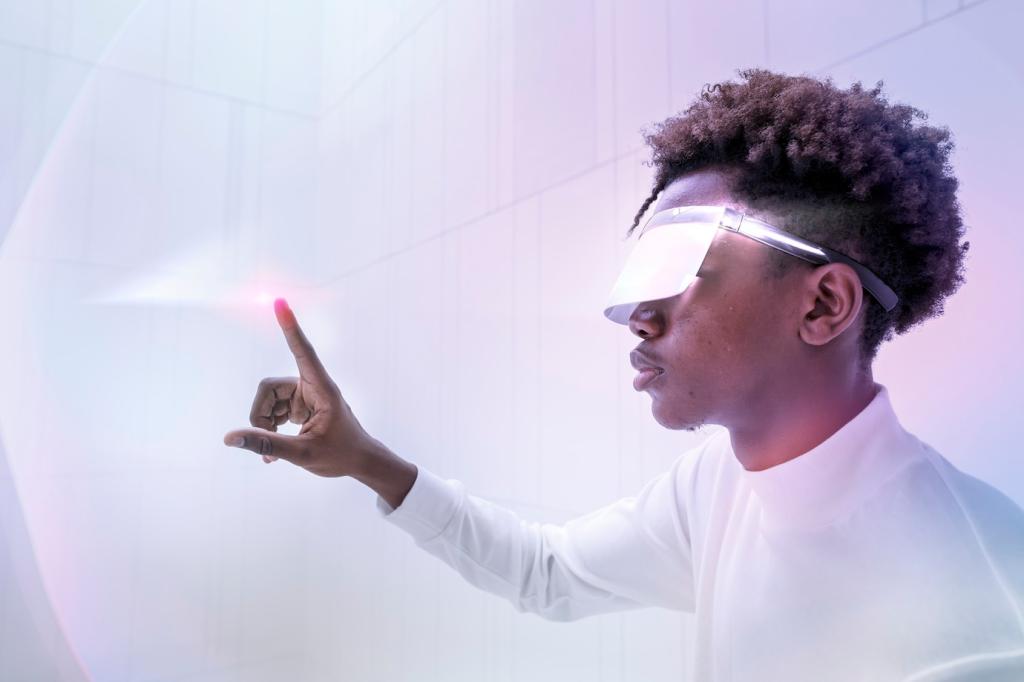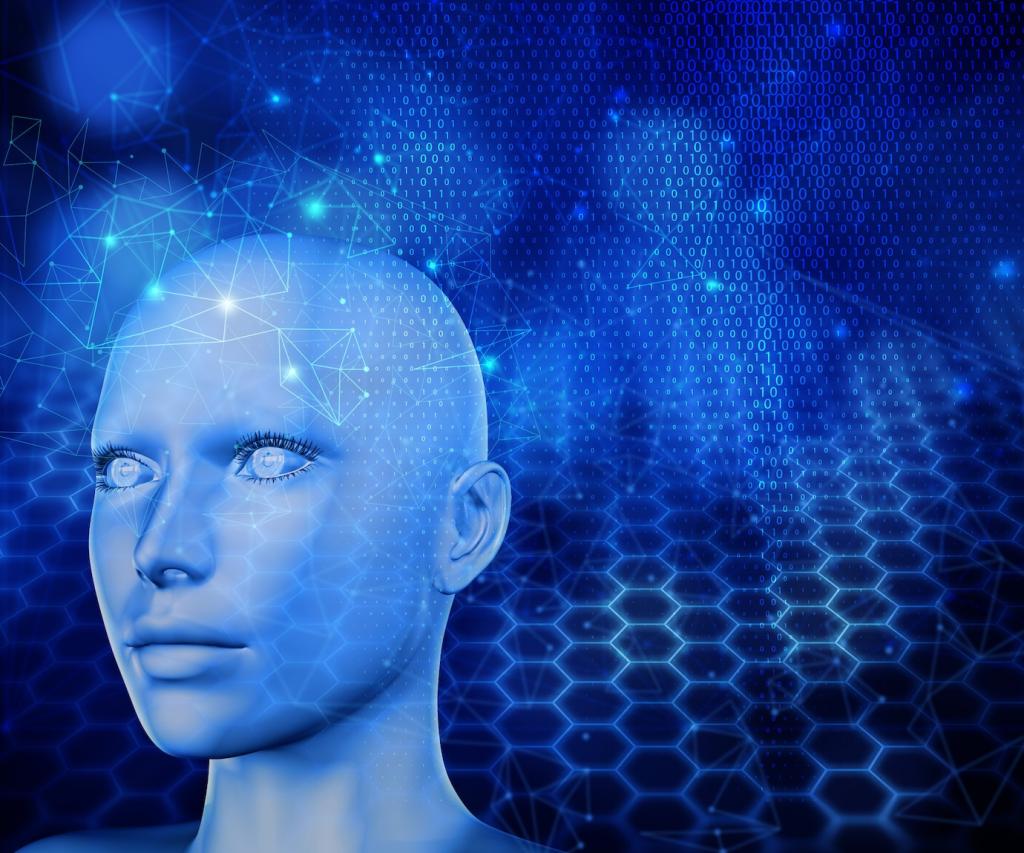AI in Photo Editing and Enhancement
Previous
Next
Understanding AI-Powered Photo Editing
At the core of AI photo enhancement is the machine’s ability to ‘see’ and interpret visuals similarly to humans. Deep learning models, particularly convolutional neural networks, can detect patterns, objects, and even emotional cues within a photograph. Through exposure to countless annotated images, these algorithms learn to distinguish between elements like skies, faces, or architecture, allowing for targeted edits. This profound understanding means AI can apply nuanced modifications, such as brightening a subject’s face while preserving natural skin tones, or sharpening landscapes without introducing unnatural artifacts.
Automated Image Correction
Instant Exposure and Color Balance
AI now enables automatic exposure and color balance correction by evaluating the lighting conditions and color distribution in an image. The system identifies overarching issues such as underexposure or overexposure, as well as imbalanced hues that reduce image fidelity. By factoring in the context and focal points of each photo, AI can quickly rectify these issues, enhancing overall tone and vibrancy while maintaining a natural feel. The need for deep technical knowledge of histograms and manual slider adjustment is significantly reduced, empowering users of all skill levels.
Intelligent Noise Reduction
Noise—or the graininess that appears in low-light photographs—has long challenged photographers wishing for clean, sharp images. AI-driven noise reduction algorithms differ fundamentally from traditional smoothing techniques by using pattern recognition to separate unwanted noise from fine detail. These AI models, trained on extensive datasets of clean and noisy images, intelligently preserve details such as hair, foliage, and texture while cleaning up the noise. The outcome is a crisper, clearer photo that retains lifelike elements without looking overly processed.
Sharpening and Focus Enhancement
Achieving crisp focus is vital to any compelling image, but slight camera shake or misfocus can detract from the result. Advanced AI-based sharpening tools automatically detect focal areas, edges, and patterns, applying customized sharpening only to the regions that benefit from it. Unlike generic sharpening filters, this selective approach avoids highlighting noise or introducing halos. The technology even makes it possible to subtly recover minor blurring, enhancing both clarity and depth without degrading image quality.
AI in Portrait Enhancement
Manual skin retouching is both time-consuming and technically challenging, often risking an unnatural or heavily altered appearance. AI-based retouching tools address this challenge by analyzing skin texture, tone, and blemishes, then selectively smoothing imperfections while retaining real texture. Rather than blurring or simply concealing flaws, AI algorithms preserve pores, freckles, and fine lines. The result is flattering, yet authentic, skin enhancement that looks natural both at close-up and when shared digitally, eliminating the infamous “plastic skin” effect.
Beyond the skin, AI tools can intelligently enhance specific facial features such as eyes, teeth, and lips. By recognizing facial structure and expressions, these tools apply tailored enhancements—brightening the eyes, whitening teeth, and subtly defining lips—without compromising organic detail. The precision of AI ensures these adjustments look genuine and consistent, steering clear of excessive or unrealistic edits and maintaining the integrity of the subject’s unique personality. Such targeted enhancements add vibrancy and life to each portrait, drawing attention to key features.
One of the most creative advancements in AI-enhanced portraits is style transfer. By learning from vast libraries of artistic works or popular aesthetics, AI can reinterpret a portrait’s lighting, color palette, and texture to mimic particular styles—be it classic oil paintings or trendy social media filters. The process maintains facial likeness while infusing the portrait with a unique aesthetic character. Unlike preset filters, style transfer adapts each effect to the specific portrait, ensuring harmony between the subject and the chosen style, and fostering endless creative possibilities in modern portraiture.
Restoring and Reviving Old Photos
Removing Scratches and Blemishes
Physical photographs inevitably suffer wear and tear over time, accumulating scratches, stains, and other defects. AI-driven restoration tools identify and fill in these imperfections by referencing surrounding textures, colors, and patterns, intelligently guessing what the original content might have been. Unlike manual retouching, which can be inconsistent and labor-intensive, AI provides efficient and virtually seamless repairs, often in a fraction of the time. These capabilities ensure treasured images can be digitalized, restored, and preserved without visible signs of deterioration.


Colorization of Black and White Photos
Breathing new life into black and white images has historically been an artistic challenge, requiring in-depth knowledge of period-accurate colors and manual painting skills. AI-powered colorization models, however, analyze historical data, recognize objects, and apply appropriate hues automatically. Complex algorithms understand skin tones, clothing materials, and environmental elements, generating colorized versions that feel vivid and plausible. Though human refinement may still be needed in certain cases, AI opens up a new world for families and historians wishing to experience the charm of the past in full color.
Creative Effects and Artistic Transformations
Artistic Filters and Effects
AI leverages the power of neural style transfer to impart artistic flair to photographs, emulating the brushstrokes of painters like Van Gogh, Monet, or Picasso, or generating futuristic and abstract looks. By deeply analyzing the content of both the source photo and the desired style sample, AI algorithms blend them harmoniously, resulting in striking reinterpretations that preserve essential composition and subject matter. This process is dynamic, offering personalized variations and eliminating the repetitive outcomes of traditional filters, providing endless creative opportunities with a single click.
Background and Object Manipulation
Traditional background replacement and object manipulation demanded painstaking manual effort, careful masking, and sometimes advanced graphic design skills. AI-driven segmentation now automatically distinguishes between subjects and backgrounds with pixel-level precision, allowing users to replace skies, insert new backgrounds, or remove unwanted objects effortlessly. This capability not only saves time but also nurtures creativity, as composite images or fantasy landscapes can be constructed intuitively, transforming mundane photos into imaginative, story-rich visuals.
Generative Art and Image Synthesis
The rise of generative adversarial networks has enabled AI to not only enhance but also create images from scratch or transform existing ones in novel ways. AI can synthesize entirely new scenes, alter facial expressions, or blend disparate photographs into harmonious compositions, adapting to the user’s creative intent. By bridging the gap between imagination and reality, AI-fueled image synthesis unlocks fresh storytelling avenues and visionary projects that push the frontiers of digital art.
Speeding Up Professional Workflows
In the past, processing large quantities of images—such as events, weddings, or product catalogues—required countless manual adjustments, consuming extensive man-hours. AI-enabled batch processing analyzes and enhances multiple photos in one go, automatically adjusting exposure, color grade, cropping, and more, tailored to each image’s unique attributes. Not only does this ensure consistency across entire sets, but it also enables professionals to handle high-volume assignments with remarkable speed, freeing up time for creative pursuits or client interaction.
Finding and sorting images in vast libraries can be daunting and inefficient. AI-driven digital asset management employs advanced visual recognition and contextual understanding to automatically tag photos with keywords, detect duplicate or similar images, and even identify faces or objects. These AI capabilities streamline the organization, enabling instant search and retrieval based on content, location, or people. For both solo creatives and large studios, this translates to more efficient workflows, reduced risk of lost files, and enhanced client satisfaction.
Modern photo editing suites use AI to learn from user preferences and editing history, suggesting personalized edits, styles, or presets tailored to recurring aesthetics or project themes. These recommendations adapt dynamically as the user interacts with the software, working proactively to bring editorial vision to life. Such AI-driven guidance simplifies decision-making, inspires creative directions, and minimizes the trial-and-error usually involved in achieving a desired look, accelerating both experimentation and final delivery.

AI’s ability to generate hyper-realistic images—including fabricated faces, events, or scenes—has led to the rise of deepfakes, presenting new risks to privacy and credibility. These synthetic images can be hard to distinguish from authentic ones, creating challenges in areas such as news, identity verification, or social discourse. Successfully addressing deepfake proliferation requires not only technical solutions—like AI-based detection tools—but also public awareness and ethical frameworks to mitigate the misuse of this powerful technology.

